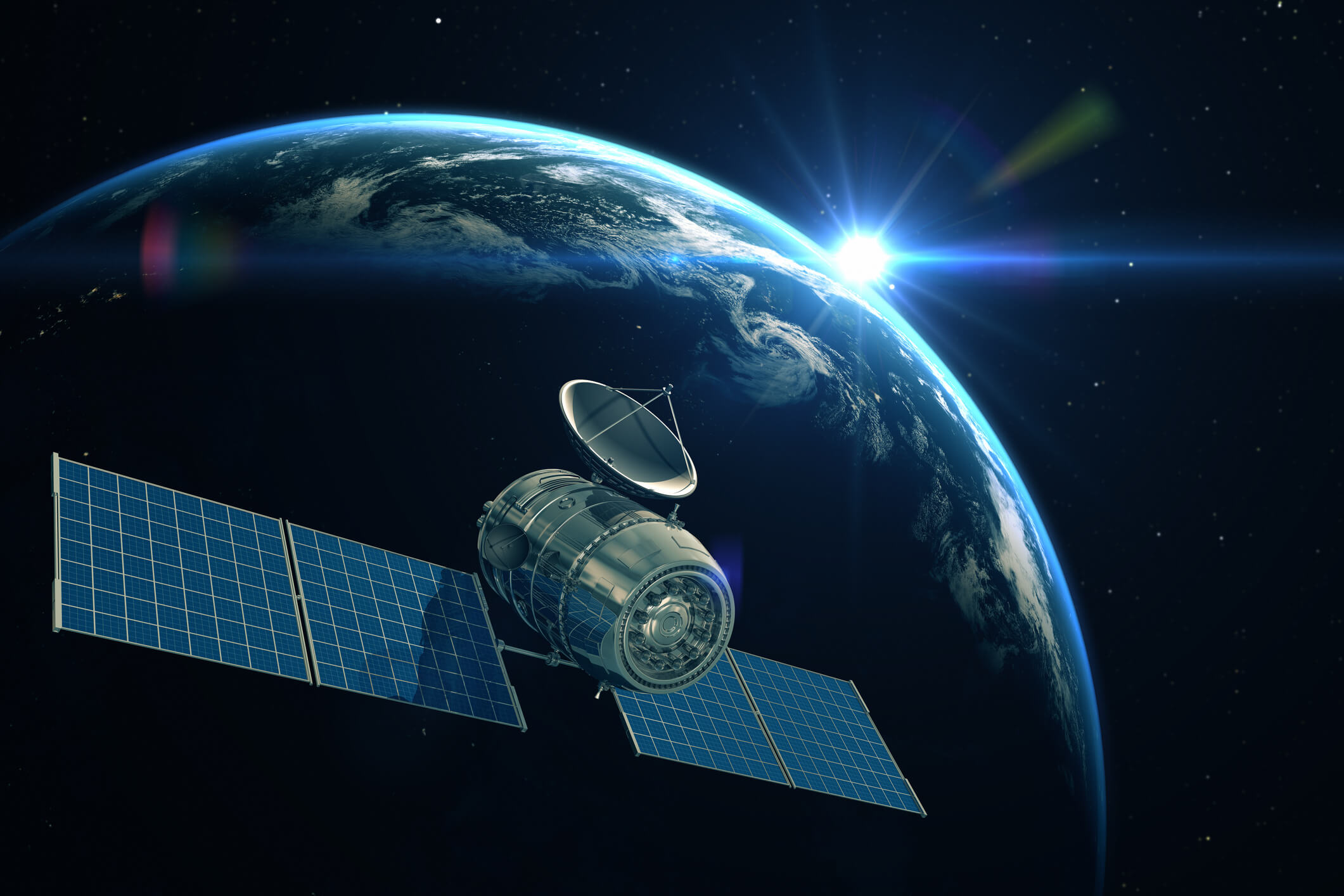Mapping from Aerial and Satellite Images
Overall Course Objectives
To provide knowledge of instruments and methods used to map and analyse the earth’s surface. The course includes digital photogrammetric and spectral methods for topographic mapping and related techniques for analysing digital image data for thematic mapping, earth observation, and change detection.
Learning Objectives
- carry out typical tasks to process aerial or satellite images and extract information from these images
- analyse how an image is formed and how multiple images from different viewpoints of the same scene can be used to extract 3D information
- describe the pinhole-camera model and the meaning of intrinsic and extrinsic camera parameters
- design a program that can generate a 3d model based on multiple images of the same scene
- carry out a camera calibration to mitigate effects of lens distortion using different models
- describe the spectral properties of different surface types such as water, ice, and vegitation
- describe and apply various spectral indices such as the normalized vegetation index (NDVI) for simple surface mapping in optical images
- implement and apply relevant methods for surface mapping of optical images hereunder principal component analysis, Kmean, Gaussian mixture models, quadratic discriminant analysis, and canonical correlation analysis
- analyse images with the purpose of change detection using canonical correlation analysis and classification techniques
- work with feature detection, extraction and outlier rejection methods for image processing
- describe how to generate Digital Surface Models and Orthophotos using either direct- or indirect geo-referencing.
Course Content
Photogrammetric sensing systems: Digital aerial cameras, multispectral scanners, laser scanning, imaging radar, and high-resolution satellite images. Image orientation and aerotriangulation. Photogrammetric measurements by image processing. Analysis of multispectral and hyperspectral image data, including principal component analysis and classification. Data collection for orthophotos and 3D city models. Image analysis for interpretation and data analysis. Exercises in image orientation, mapping, and data analysis (including students’ own implementations in R, Matlab, or Python). Visit to/from a photogrammetric company.
Teaching Method
Lectures and exercises.



